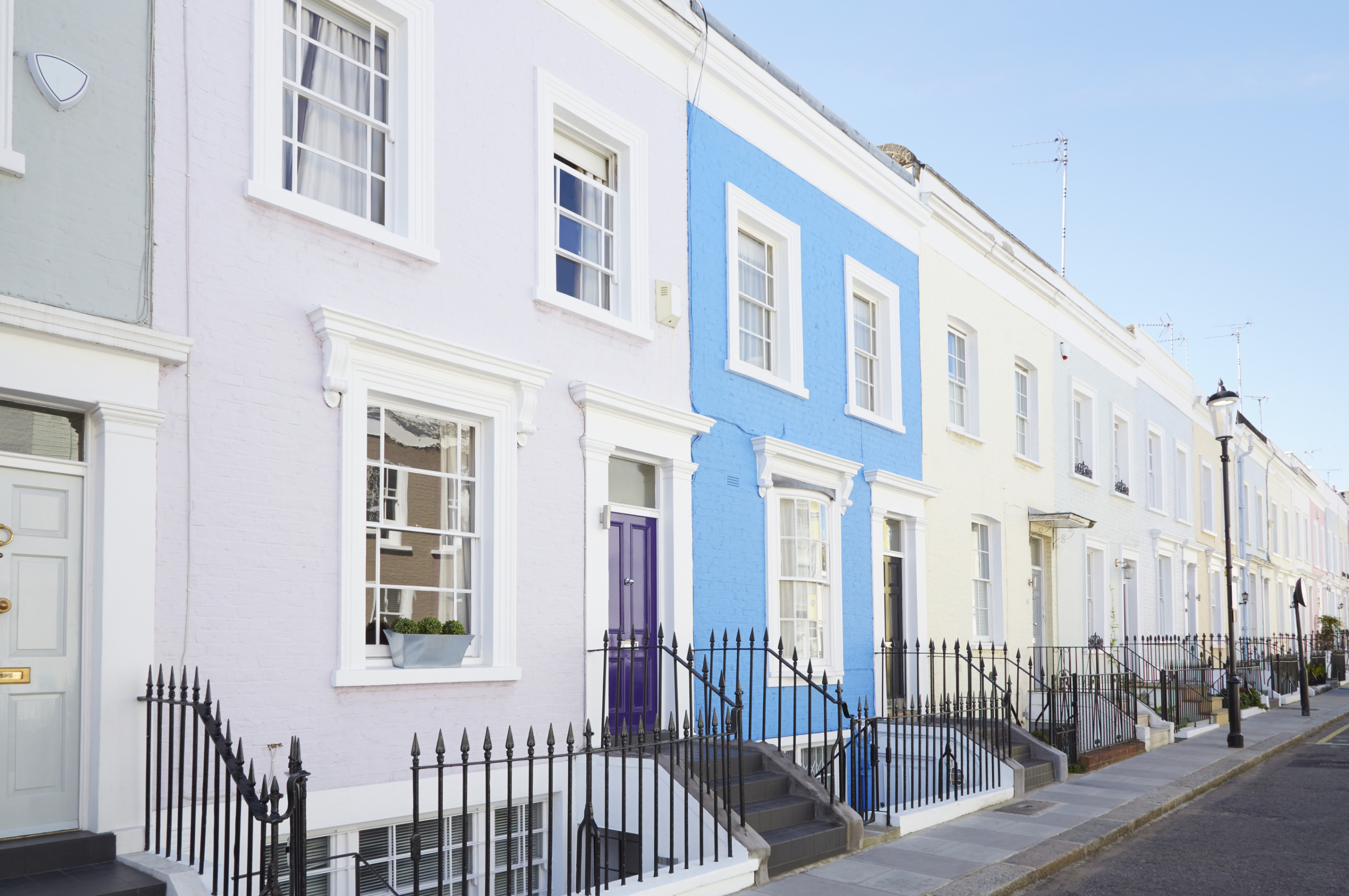
Five-year fixed-rate mortgages have dropped to the lowest rates on record, handing a boost to homebuyers and remortgagers looking to secure a cheap deal.
This comes just weeks after rates on two-year fixes dropped below 1% for the first time since 2017.
Here, Which? analyses why mortgage rates are falling and explains whether now is the time to lock in a great rate for the long term.
Five-year fixes hit lowest levels on record
Homebuyers and remortgagers can now benefit from the cheapest five-year fixed-rate mortgages on record.
Moneyfacts says the current market-leading rate of 1.14% is the lowest it has seen since it started keeping records in 2007.
Nationwide’s deal is available to homebuyers borrowing at up to 60% loan-to-value (LTV).
Homeowners looking to remortgage at the same LTV can access a slightly higher rate of 1.16% from HSBC.
Two-year fixes have also fallen in cost recently. Last month, we reported on lenders launching deals with rates below 1% for the first time since 2017. The current cheapest two-year fix is offered by Platform, with a rate of 0.95%.
What has happened to mortgages during the pandemic?
The mortgage market has suffered during the Covid-19 pandemic, but borrowers with large deposits or good amounts of equity in their home have emerged relatively unscathed.
First-time buyers with smaller deposits have been worst affected, with deals disappearing and interest rates rising in 2020.
The good news is the picture is now looking better for borrowers at all levels of the market.
The financial analysis company Defaqto believes falling rates are the result of lenders finally gaining the confidence to offer cheaper deals.
Katie Brain of Defaqto says: ‘While the Bank of England kept interest rates low throughout the pandemic, we have not seen this passed on to borrowers like this until now.
‘It has been a turbulent year for borrowers needing a mortgage and it is encouraging to see these new products being offered at such great rates.’
Best rates on two and five-year fixes
One of the biggest trends of the past few years has been the closing of the gap in cost between two-year and five-year fixes.
It was once the case that borrowers looking to fix for five years needed to pay a substantial premium in exchange for longer-term rate security, but the gap has now narrowed considerably, with just 0.2%-0.3% now between the best deals.
The chart below shows the best rates currently available at five popular loan-to-value levels.
In an example of how competitive mortgage rates are at the moment, borrowers with a 20% deposit can now get a two or five-year deal with a rate of less than 2%.
Are cheap rates really all they seem?
All these lower rates look great on paper, but sometimes the ‘best’ deals are not all they’re cracked up to be.
As rates drop, lenders are recouping cash elsewhere by charging higher upfront fees. We found nine of the top 10 five-year fixes at 60% LTV come with upfront fees of £1,495 or £1,499.
This is considerably higher than the £999 commonly seen on best-rate deals before the pandemic.
In some cases, taking a deal with a more expensive rate but a lower upfront fee can save you money in the long run.
When we crunched the numbers last month, we found that a fee-free two-year fix at 1.34% was cheaper over the two-year term than a 0.99% deal with a £1,495 fee.
With this in mind, it’s important to look at the full costs of deals before taking one out. If you need help comparing mortgages, you may find it helpful to take advice from a whole-of-market mortgage broker.
Five-year fixes and early repayment charges
The idea of locking in a cheap rate for five years is bound to sound attractive, but whether it’s the best option for you depends on your circumstances.
The big drawback of five-year fixes is that they tend to come with high early repayment charges (ERCs), which you’ll need to pay if you settle the mortgage within the fixed term.
For example, Nationwide’s market-leading deal comes with a 3% ERC in the first and second year, which then drops to 2.5% in the third year, 1.75% in the fourth, and 0.75% in the fifth.
If you take out a loan of £200,000, this means you could face a charge of £6,000 if you move house and repay the mortgage in the first year.
Many mortgages are portable, meaning you can take them to your new property without penalty, but you might find the mortgage on your old home isn’t suitable for your new one, and we’ve received reports of significant delays when people apply to port their mortgage.
Two-year fix vs five-year fix: three key questions
Which? Money Podcast: the mortgage market
On a recent episode of the Which? Money Podcast, we discussed the latest developments in the mortgage market, including whether now is the time to lock in a deal and the options currently available to first-time buyers.
You can listen to the full episode below.



